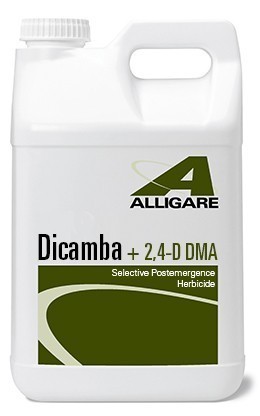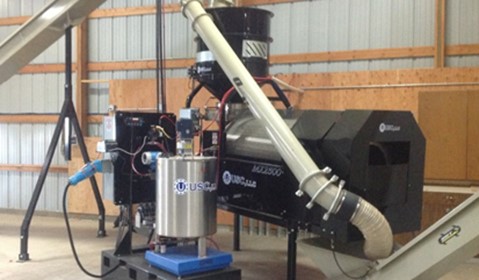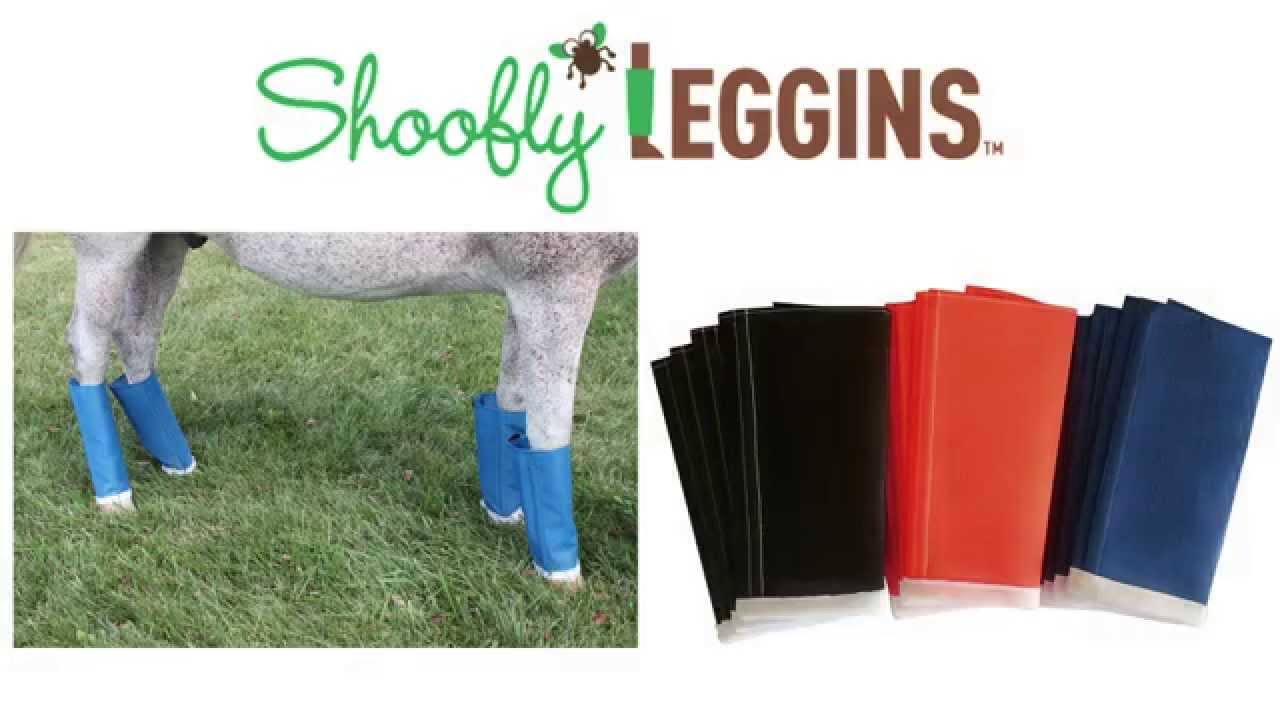
Last year I happened to be scouting some fields with a drone and noticed a neighboring field with some odd striping to it. I met with the producers who ran this farm, and together we looked into what caused the pattern. Figuring out the problem was rather simple…the company that had applied the fertilizer did not have their equipment configured properly for the application, an error that caused measurable yield loss.
Unfortunately, I have seen dozens of examples of poor placement of crop inputs that have cost producers significant yield. I decided to focus on a few tips to ensure better placement of the products we purchase to grow our crops.
Tip 1: Set high standards for your planting equipment. Your planter has the most important job of any piece of equipment on the farm. The fastest way to lose yield potential is through plant stress from improper planting. Uniform seed depth and spacing can be obtained with today’s technology, but many farmers overlook the value related to proper planting. In fact, some planters are still running without any monitoring of seed placement. I was able to run some reports for growers comparing yield to seed spacing, and found that for 1 out of every 100 seeds improperly placed costs $6 bushel to the acre. Beck’s PFR and Iowa State University studies show that technology such as hydraulic downforce and electric drives pay for themselves in under 500 acres in most circumstances.
Tip 2: Fertilize the areas of the field that need it. Grid soil sampling is the best way to discover where your fields lack nutrients. I have yet to see a single field that had consistent fertility levels across every acre. Most fields have areas that are high in nutrient levels and will not respond to additional application of those nutrients. On the other hand, areas with nutrient deficiency will often experience yield loss as those nutrients become the main yield limiting factor. As having good soil data is so valuable to maximizing yield, it’s best to have experienced agronomists collect samples and write nutrient recommendations.
Tip 3: Have your fertilizer applied with the right equipment. Part of the issue in the picture attached was the method of application. A spinner type applicator needs to be adjusted based on the density of the fertilizer particles and the width of application. While a properly calibrated spinner spreader can do an excellent job applying a single product or similar products, spinner spreading a mixture of fertilizers that vary in density will often cause uneven application like the picture shows. A wide spread with (such as 80-90’) also increases the chances of uneven application compared to a 60-foot-wide spread pattern. Using an airflow is the best method to ensure even distribution of a fertilizer blend. Some farmers are choosing to use strip-till applicators or their planters to band fertilizer close to the root zone of the crop.
Tip 4: Band nitrogen close to the rootzone. Nitrogen loss in broadcast applications is an unnecessary expense in today’s crop production. One of the largest benefits to anhydrous ammonia and Y-drop applications is the ability to keep nitrogen banded close to where the roots will find it. Numerous studies show that banded nitrogen in the rootzone contributes to significantly greater plant uptake of nitrogen as well as reduced losses from both denitrification and leaching.
Tip 5: Use RTK GPS in your farming operation. WS AG Center invested in MyWay RTK towers to give customers reliable signal and unparalleled accuracy for their precision systems. Having RTK field boundaries keeps inputs in the field where they belong, and minimizes gaps or overlaps as your equipment travels back and forth across your fields. RTK also allows repeatability year to year so crop producers can easily manage fertilizer and seed placement. MyWay RTK is designed to work with your equipment, no matter what brand you run.
Remember, the Right Placement is just one of the 4 R’s of nutrient management. Don’t forget that the other three R’s are also important: using the Right Rate of the Right Product at the Right Time. At WS AG Center we have the products, technology, and experience to help you implement all 4 R’s of nutrient management on your farm.
-Andrew Tucker








